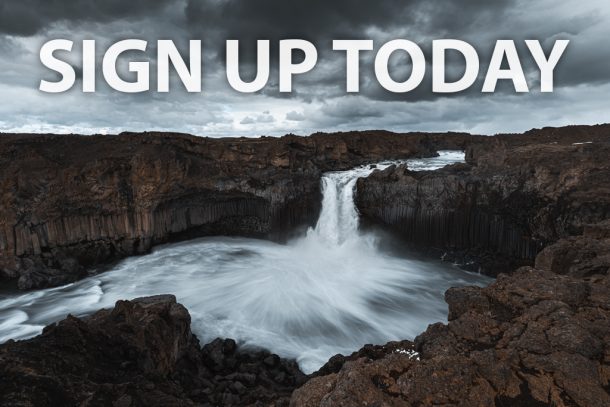BOLIVIA ALTIPLANO
ASTRO AND SALT FLATS
9 DAY PHOTO WORKSHOP – March 2-10 2024
Bolivia Photography Workshop – Altiplano, Astro and The Salt Flats
Bolivia Altiplano and the Salt Flats - Photo Workshop
Price: USD 6.250.- per person double occupancy.
Single room supplement USD 900.-
Duration: 9 days (8 nights).
Max number of participants: 12 people
– Difficulty Level: Easy
– Suitable for all levels of Photographers
Dates: March 2-10 2024
Tour leader: Oli Haukur
Oli Haukur is the lead guide on this trip. He has extensive knowledge of Bolivia, having lived there for almost a year and made multiple return trips. Oli is a seasoned Photo Guide and Photography educator of over 12 years, with extensive experience in teaching photography and photo editing… so you’ll be in good hands!
WHY CHOOSE ICELAND EN ROUTE?
– We offer a local Professional Photographer with expert Guiding Knowledge and access to vantage photo points and great understanding of lighting and best shooting locations– World class Professional Photography Guide
– Accommodation, we always use the best available option
– Assistance on location
– Lectures, Tips and assistance with Photo editing
– Comfortable air conditioned bus/SUV
Book Now
Join us on an unforgettable journey to Bolivia, a country of stunning natural diversity that offers a wealth of breathtaking photo opportunities. From the rugged terrain to the wild cloud formations, the landscape is a photographer’s dream come true. And no visit to Bolivia would be complete without experiencing the world-renowned salt flats, where we will capture stunning astro photography and the Milky Way over the world’s largest mirror.
But Bolivia is not just about stunning landscapes – it’s a country with a rich cultural heritage and a warm, friendly people. With 11 million inhabitants and a diverse multi-ethnic population, Bolivia’s cultural legacy is deeply rooted in the Inca civilization. Despite poverty and hardship, the Bolivians are proud of their country and have a deep respect for nature, making for a unique and inspiring experience.
We’ll encounter Bolivia’s unique animal species and enjoy the vibrant colors of the country’s charades. We’ll also have the opportunity to savor the delicious local cuisine and explore the immense mountains against the vast open plains with dangerous crevasses. This trip will be an adventure of a lifetime, and we can’t wait to share it with you!
ITINERARY:
DETAILED ITINERARY
Day 1 – Arrival – La Paz
Highlights: La Paz
We’re thrilled to welcome you to La Paz, the starting point for our Bolivia photography workshop. La Paz is a city like no other, situated at an elevation of approximately 3,500m above sea level, making it the highest administrative capital in the world. Nestled in a valley between the vast mountains of the Altiplano plateau, La Paz boasts a breathtaking panoramic view that is sure to impress.
Beyond its natural beauty, La Paz is also an important cultural hub in Bolivia, with a vibrant nightlife and colorful markets that are a photographer’s paradise. In fact, the city was officially recognized as one of the New Seven Wonder Cities of the world in 2015, further solidifying its reputation as a must-visit destination.
Once you’ve checked into the hotel, we’ll head out for a group dinner to get to know each other and discuss the exciting adventures that await us. Get ready for an unforgettable experience in Bolivia, filled with stunning photography opportunities and the chance to immerse yourself in the rich culture and natural beauty of this unique country.
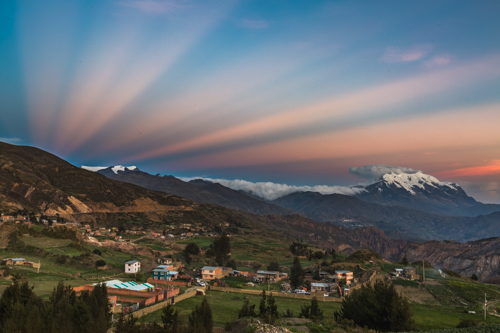
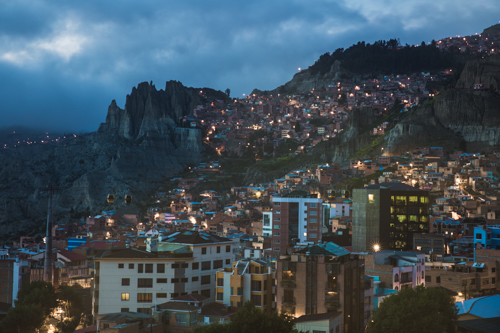
DAY 2 – La Paz – Oruro – Colchani (night)
Highlights: Salt Flats
Get ready for a day full of incredible photo opportunities as we embark on an adventure to explore the natural wonders of Bolivia. We’ll start the day early, capturing stunning views of the city as it comes to life from the rooftop of our hotel at sunrise. After that, we’ll check out and head to Oruro, a buzzing mining city located midway between Bolivia’s two capitals – La Paz and Sucre.
In Oruro, we’ll visit a unique cathedral with a special door that leads to an abandoned mine tunnel. The sulfur scent inside the cathedral will transport you back in time, and attached to it is a small mining museum where we can learn more about Bolivia’s rich mining history.
Next up, we’ll journey to the iconic Salar de Uyuni (Uyuni Salt Flats) – one of Bolivia’s most breathtaking natural wonders. Stretching over a vast space of the dried-up Lake Minchin, the salt flats are the largest salt plain in the world, with billions of tons of salt forming incredible hexagonal patterns in nature. During the rainy season from January to March, the salt flats create stunning illusions of infinite mirrors, providing a once-in-a-lifetime opportunity for photographers.
Along the way, we’ll stop at numerous viewpoints to capture the beautiful sunset in the desert-like mirage sprinkled landscape. We’ll pass by quinoa fields and may even catch a glimpse of the rare and endangered agile vicunas, one of two wild camelids living in the Andes.
After arriving in Colchani, we’ll enjoy a delicious dinner before heading out to the salt flats for a night of shooting breathtaking photos of the Milky Way over the world’s largest mirror. Get ready to be wowed by the incredible sights at the Salt Flats.
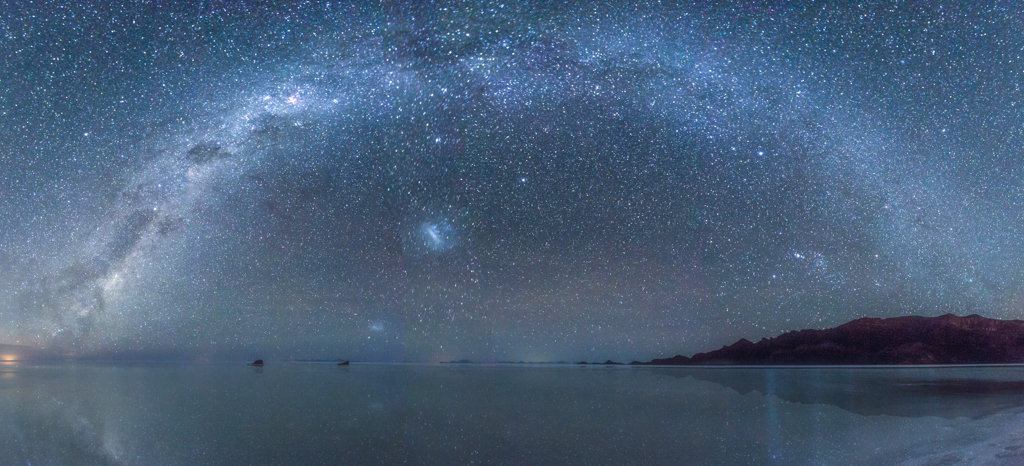
DAY 3 Salar, Isla Pescado (sunrise, sunset, night)
Highlights: Salt Flats
After a long night of capturing the breathtaking Milky Way over the salt flats, we still take an early rise for a mesmerising sunrise at the Salt flats. Also, we will gain a deeper understanding of the significance of the area by visiting a family-owned salt processing facility. Afterwards, we will venture to the dry section of the flats to explore the stunning Isla Pescado (or Isla Incahuasi), which is roughly an hour’s drive away. These former islands boast impressive hills and rocky outcrops adorned with majestic, towering cactuses, peculiar fossil formations resembling coral, and charming llamas. We will enjoy a surreal lunch in the midst of this incredible crystalline landscape. As evening falls, we will have another opportunity to capture the mesmerizing Milky Way over the salt flats. Please note that access to Isla Incahuasi is subject to change due to the water levels on the flats, and as such, the itinerary may be adjusted accordingly on the day.
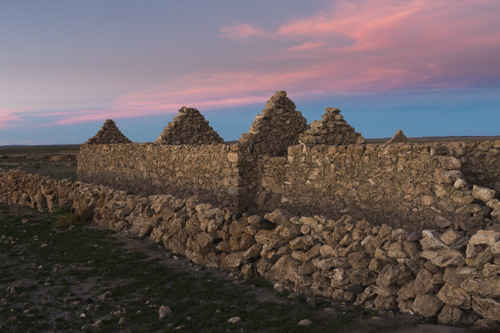
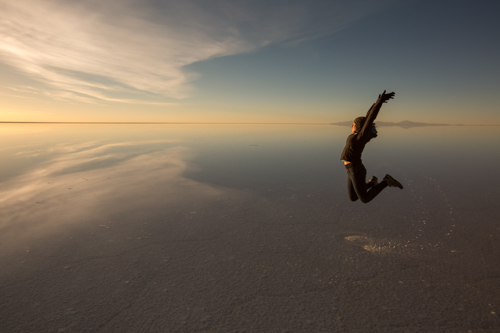
DAY 4: Laguna Colorada (sunrise, sunset, night)
Highlights: Arbol De Pierdra, Laguna Colorada, Flamengo, Lama
Once again, we start our day early to make the most of the morning light and head towards the Chiguana Salt Flats, located at an altitude of 3,700m and close to the Chilean border. The area boasts old trains and tracks, providing great photographic opportunities, and we may also catch a glimpse of the elusive vicunas. We take a short break and have lunch at Laguna Canapa lake before continuing our journey to Laguna Hedionda to capture images of the migratory pink and white flamingos and the beautiful lagoon. During our journey, we will also stop to photograph the fascinating viscachas, which resemble wild rabbits but with longer, curly tails. Our next important stop is at the stunning rock formations of Arbol de Piedra, a massive 7m rock that has been eroded by the sandy winds over thousands of years, giving it the shape of a solitary tree. After that, we head to our hotel at Laguna Colorada, where we stay for sunset and night sky photography. The red hue of this shallow lake is due to the presence of red sediments and algae in the area, creating a striking contrast with the white borax islands that surround it. Borax is a white crystalline mineral widely used in various industries, including cosmetics, gold mining, and fiberglass production. We also get to witness hundreds of flamingos and rows of llamas on the banks of the lagoon.
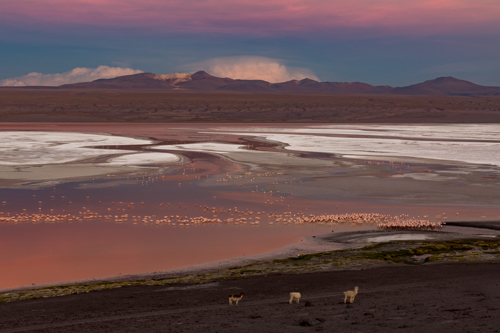
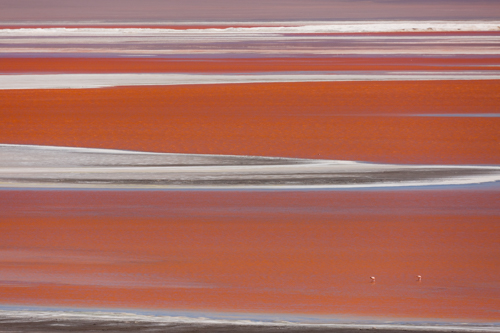
DAY 5 Laguna Colorada – Quetena Chico (sunrise at Geysers, sunset)
Laguna Verde, Quetena Chico, Dali Desert
We start our day early, setting out before dawn to reach the Sol De Manana Geysers, a stunning geothermal site at an altitude of 5000m, where we can capture the sunrise. As we make our way back, descending to around 3800m, we stop at the Dali Desert, a landscape that resembles the surreal paintings of Salvador Dali. We take a short break at the Polques Thermal Springs for restroom access and shopping. Our next destination is the striking Laguna Verde or Green Lagoon, nestled at the base of a cone volcano and surrounded by a dark and rocky terrain. The water’s color ranges from turquoise to emerald green, influenced by the mineral content and unpredictable winds. Despite the freezing temperatures, the water remains liquid. As the day comes to a close, we bid farewell to this magnificent natural park and make our way to our new hotel in Quetena Chico for some well-deserved rest.
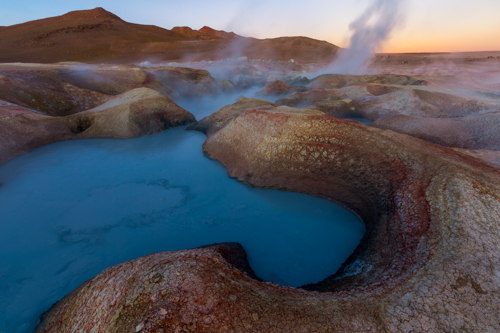
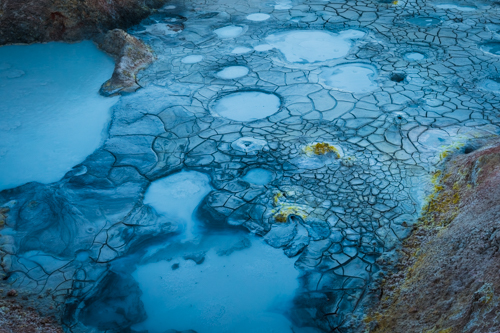
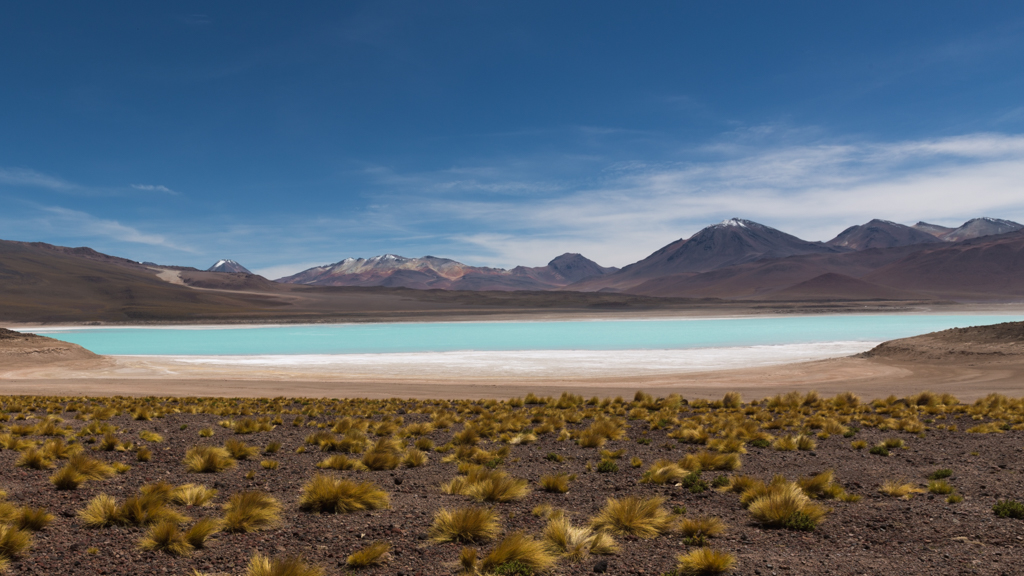
DAY 6: Quetena Chico – San Pablo De Lipez (sunrise, sunset)
Highlights: Castillo Quemado
On the sixth day of our Bolivia photography tour, we start our morning with a sunrise shoot near our hotel. After breakfast and check-out, we make a stop at a small abandoned town built by the Spanish during their colonization for mining, where we will photograph the stunning stone-built houses set against the dramatic landscape. For lunch, we reach our next destination, the quaint village of San Pablo de Lipez, where we spend the night. Later in the day, we take photos of the breathtaking sunset from the cliffs of Castillo Quemado before returning to our hotel for dinner and a well-deserved early night.
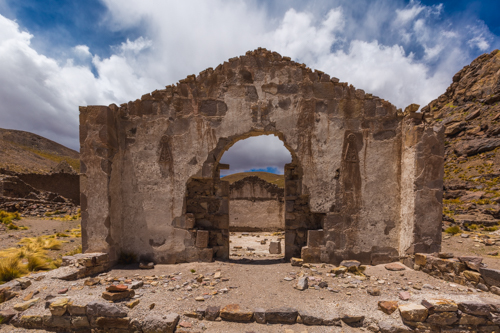
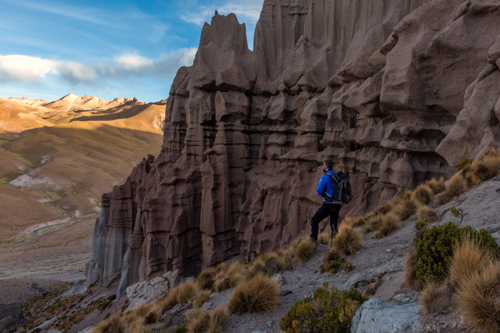
DAY 7: San Pablo De Lipez – Tupiza (sunrise, sunset)
Highlights: Palacio Quemado, Tupiza
Today we witness the sunrise from the gigantic Palacio Quemado. After taking in the magnificent views, we’ll make our way to the stunning town of Tupiza, enjoying a scenic 4-hour drive through the beautiful Bolivian landscape. On our journey, we’ll make a stop at the awe-inspiring pillar rock formations of El Sillar, where you can capture some truly unique and captivating photos.
Once we arrive in Tupiza, we’ll explore the town’s charming Wild West vibe and enjoy a delicious dinner and photograph the sunset over the dynamic mountain valleys.
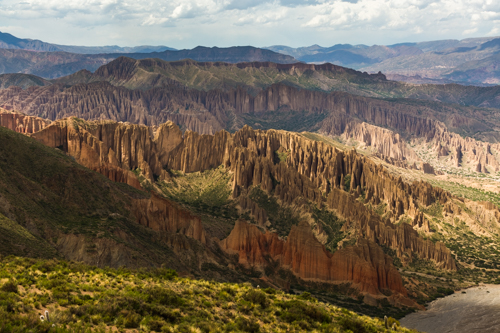
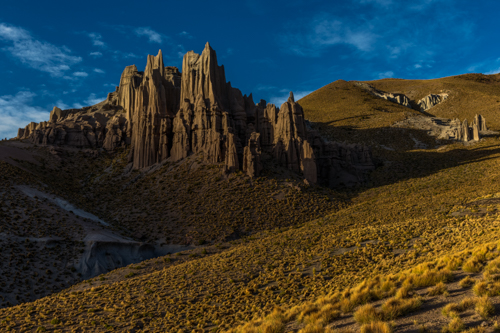
DAY 8: Tupiza – Uyuni (Sunrise, sunset and night at trains in Uyuni)
Highlights: Rock Valley, Train cemetery
After a hearty breakfast we drive back to Uyuni, stopping for pictures on the way. We will have time for some rest before heading out to the train cemetery just outside Uyuni for sunset, and again after dark for some Milky Way and astro Photography.
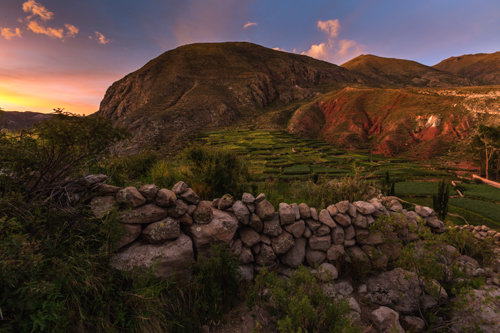
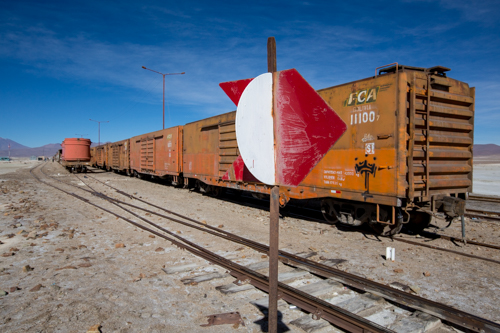
DAY 9: Departure (flight from Uyuni to La Paz)
Highlights: Uyuni, La Paz
After an unforgettable night capturing the stars above Uyuni at the old train seminary and a short sleep, we’ll grab a quick bite to eat and head to the Domestic airport and fly to La Paz. At 9:20 am, we’ll soar high above the rugged terrain, taking in the awe-inspiring views during the 45-minute journey. As we touch down in La Paz around 10:00 – 10:30 am, our incredible adventure comes to an end and you head back home with amazing photos and great memories from this wild Journey, or… extend your stay in this vibrant city if you want more.

Please note we are travelling through Bolivia during the rainy season so plans may need to be altered to accommodate for travel safety and enjoyment.
Our goal is to assure that you learn different photography techniques to capture nature at its absolute best while enjoying the breathtaking beauty of Bolivia.
Difficulty: Easy, (but do mind the high altitudes), there is little hiking and no camping involved!
More detailed lists will be send’t to every participant.
What’s Included?
Our goal is to make sure you to learn nature photography techniques and take the best possible photos while enjoying the natural beauties of Bolivia.
What Should you bring?
We will also send you a detailed list before departure.
INCLUDED
- 1-2 Professional photo guides (depending on group size)
- All Transportation
- Double occupancy accommodation in hotels
- All breakfasts, lunches and dinners
- Entrance to the national parks and private reserves
- Water on the bus/jeeps
- Airport Pickup
NOT INCLUDED
- Airfare and flights
- Travel Insurance
- Visas
- Alcoholic drinks and snacks
- Everything not specified in “Included”
PHOTOGRAPHY GEAR
- Digital camera: DSLR or Mirrorless
- Backup Camera
- Telephoto lens: 70-200
- Also do bring 300-400 mm lens to shoot wildlife (flamingos, condors etc)
- Wide angle lens: 16-35 mm or similar
- Normal Zoom lens: 24-70
- Solid and graduated neutral density filters
- Tripod
- Shutter release
- Extra batteries and memory cards
- Rain-cover for the camera and back pack
- Multiple microfiber cloths
- Weatherproof backpack
CLOTHING
- Clothes for warm climates
- Warm jacket for colder climates
- Waterproof light jacket
- Hiking pants
- Hiking boots
- Rubber Boots
- Hat and sunglasses
- Sunblock
- Insect Repellent





